French artist Georges Seurat is one of the leading painters in the development of the Post-Impressionist style. Today considered as his greatest work, “A Sunday Afternoon on the Island of la Grande Jatte” sparked public outrage and indignation due to the choice of the ‘vulgar’ topic and the artist’s mathematical and robotic interpretation of modernity in Paris. Notwithstanding, his style for which he tackled issues of form, colour, and light in an almost scientific manner, fascinated and inspired many fellow artists.
Where is the picture “A Sunday on La Grande Jatte” today?
The original picture of “A Sunday on La Grande Jatte” was bought on the advice of the Art Institute of Chicago‘s curatorial staff in 1924, where it is on permanent display today.
What’s in it?
For Parisians, Sunday was the day to escape the summer heat of the city and seek the shade of the trees and the breeze of the River Seine. In his picture “A Sunday Afternoon on the Island of la Grande Jatte”, Seurat shows the citizens relaxing in the suburban park on the island La Grande Jatte in the river. Among them are a fashionable dressed couple strolling across the lawn, to the left another well-dressed woman by the water, a small man with a black hat gazing at the river, a man playing the horn, and a woman knitting. Furthermore, there are two soldiers standing at attention and a man with a pipe and a couple with an infant child. Curiously, one lady is holding a monkey on a leash, a lady is fishing and another woman with a child staring directly at the viewer of the picture.
What’s the context?
Seurat Facts:
Seurat painted “A Sunday on La Grande Jatte” over a period of two years and displayed it in the spring of 1886 at the eighth Impressionist exhibition in May 1886. Among art critics and fellow avant-garde artists, he was immediately acknowledged as the leader of a new form of ImpressionismImpressionism was an art movement of the 19th century developed in France, based on the practice of painting spontaneously out-doors (“en plein air”) rather than in the studio. Key impressionist subjects were everyday scenes and landscapes, in which the momentary and transient effects of sunlight should be captured. The artists worked directly in front of their subjects, using rapid brushwork More, which was named Neo-Impressionism in art history. Seurat set great store on accurately depicting the landscape of the park, completing several preliminary drawings and oil sketches, and reworking the original multiple times. To perfect the form, he sat in the park studying the various figures and concentrating on colour, light, and form. Seurat pertained to knowledge about optical effects and the process of perception based on colour theories and adapted the theories for his picture “A Sunday on La Grande Jatte”. With what resembles scientific precision, he juxtaposed tiny dabs of colour which, through optical blending, would form a single, more luminous hueIn color theory, hue is one of the main properties of a color, defining its dominant wavelength. This characteristic determines whether we perceive a color as red, orange, yellow, green, blue, or violet. Understanding hue is essential for artists, designers, and anyone working with color. Defining Hue • Definition: Hue is the degree to which a color can be described More.
Chatter and Prattle
- The park La Grande Jatte was a popular retreat of the middle and upper class in Paris of the 19th century. What made the picture “A Sunday on La Grande Jatte” controversial at the time Seurat exhibited it in the show of the Impressionists was, that it did not depict a momentous event or a profound emotion, but rather the banalest of workday scenes.
- The picture is full of visual and thematic contrasts: It is beautiful and disturbing, silent and noisy, sunlit and shadowed, all at the same time.
- While at first glance, the viewer only sees the people relaxing by the water, it is after close inspection, that curious things become eminent: Besides the monkey on the leash, one detects the lady fishing on the left, which served Seurat as a metaphor for prostitution – something that was part of Paris among the bourgeoisie. Except for the little girl dressed in white in the centre of the picture, all persons are cloaked in a shadow. She stares directly at the viewer of the picture as if she was silently questioning and reproaching the audience as if in suspicion of sin.
Recommended Reading:
This article may contain compensated links. Please read Disclaimer for more info. As an Amazon Associate, I earn from qualifying purchases.
Michelle Foa (2015): Georges Seurat: The Art of Vision
Robert L. Herbert et al. (2004): Seurat and the Making of La Grande Jatte
Alain Madeleine-Perdrillat (1990): Seurat
Garland Norris (2017): Georges Seurat: Selected Drawings (Volume 15)
Christoph Becker et al. (2010): Georges Seurat: Figure in Space

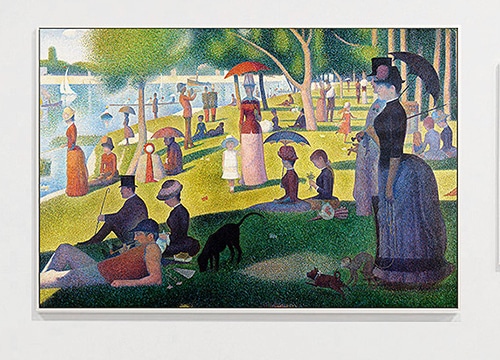
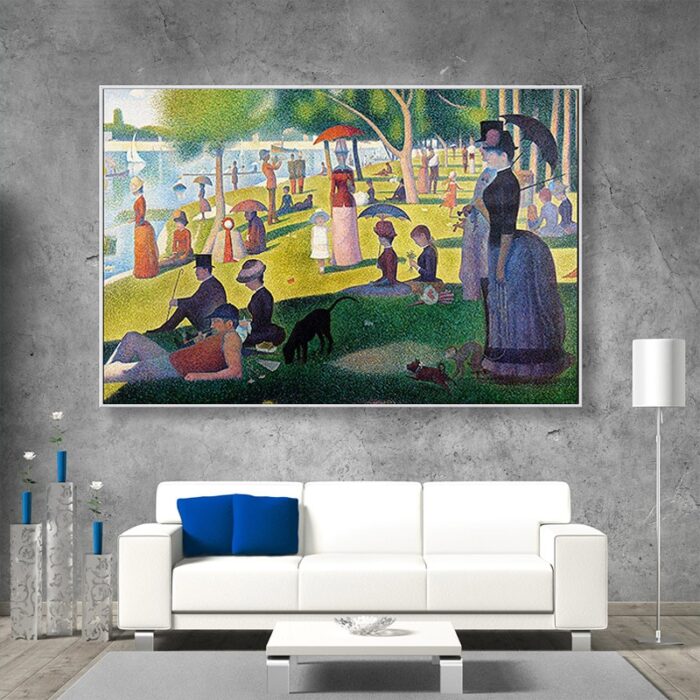
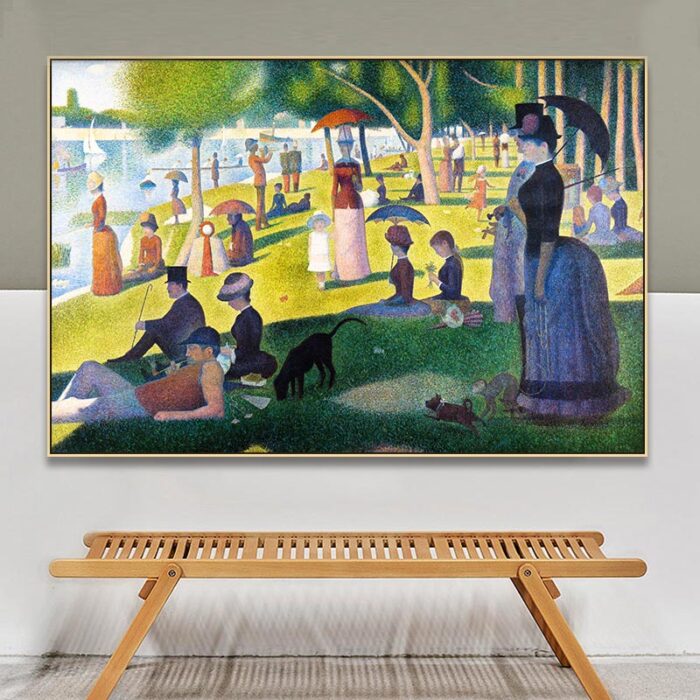
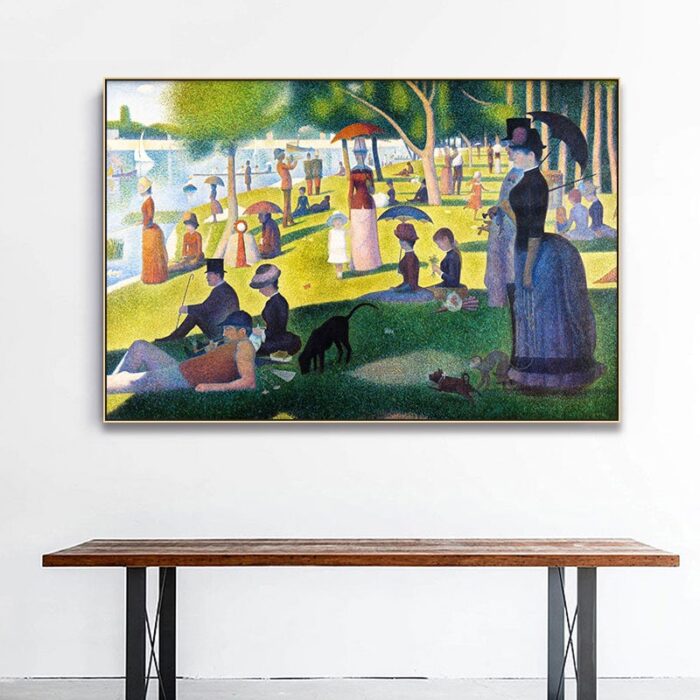
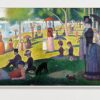

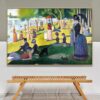

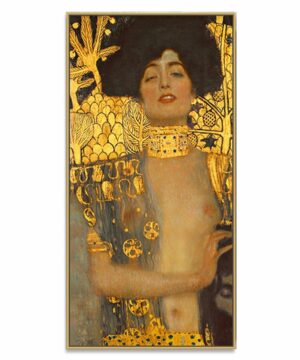


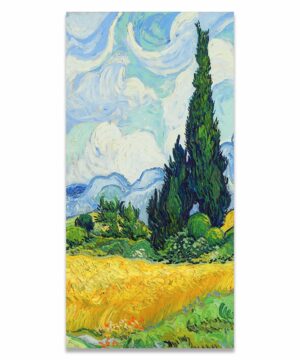
Reviews
There are no reviews yet.